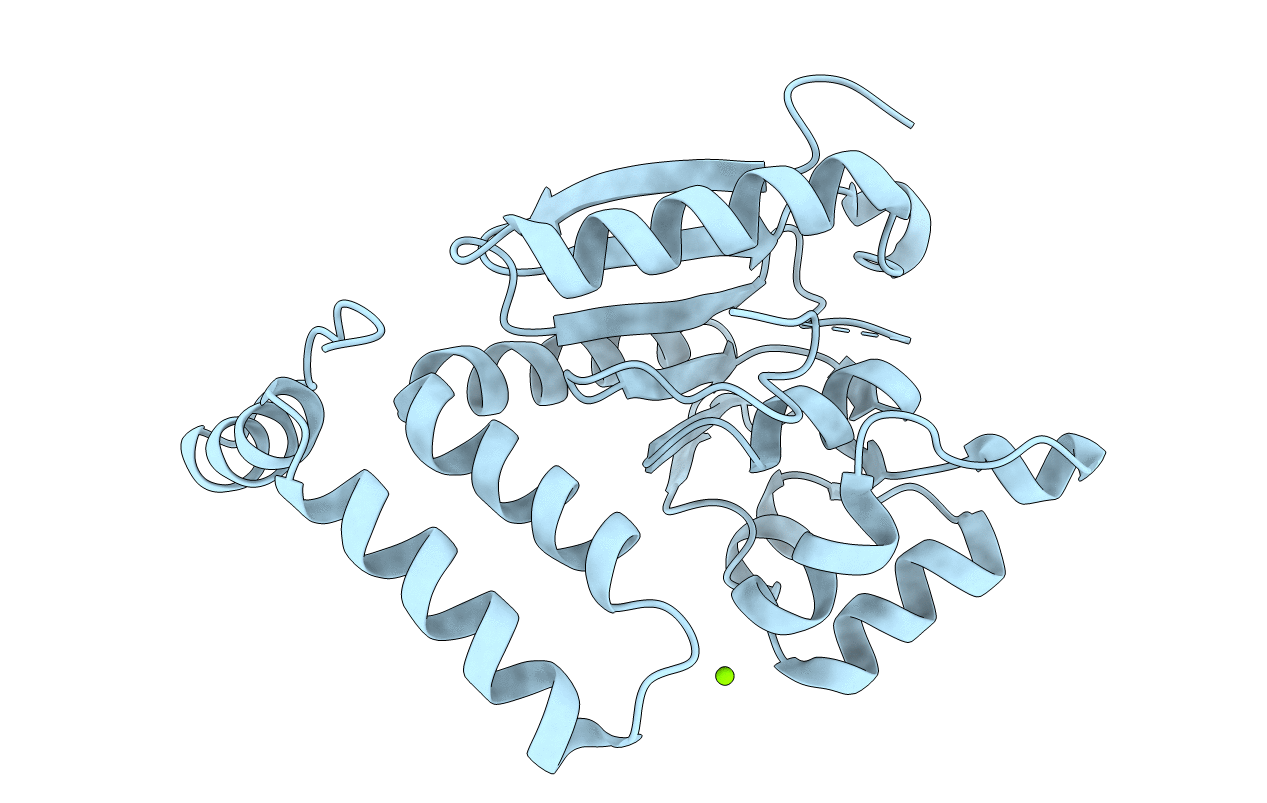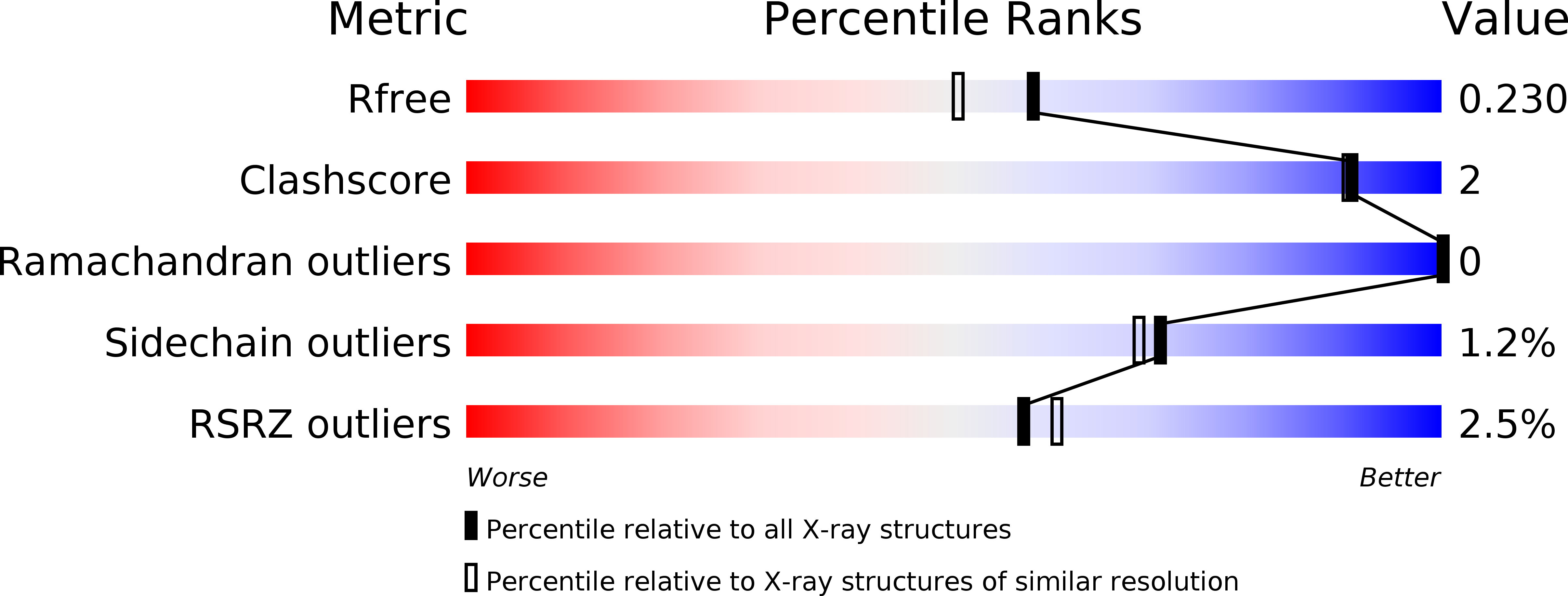
Deposition Date
2020-05-13
Release Date
2020-07-29
Last Version Date
2023-10-18
Entry Detail
PDB ID:
6WYI
Keywords:
Title:
Crystal structure of EchA19, enoyl-CoA hydratase from Mycobacterium tuberculosis
Biological Source:
Source Organism:
Mycobacterium tuberculosis (Taxon ID: 83332)
Host Organism:
Method Details:
Experimental Method:
Resolution:
1.92 Å
R-Value Free:
0.23
R-Value Work:
0.18
R-Value Observed:
0.18
Space Group:
P 3 2 1


